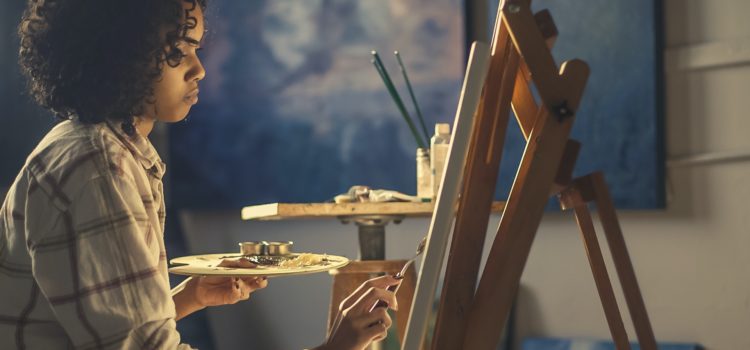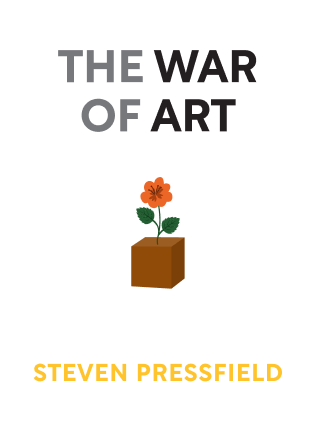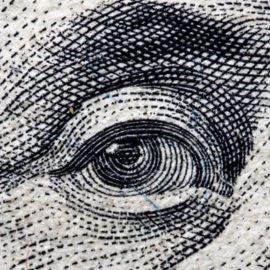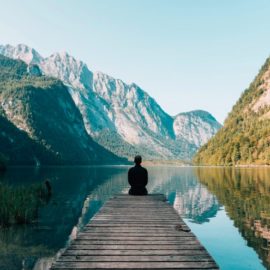

This article is an excerpt from the Shortform book guide to "The War of Art" by Steven Pressfield. Shortform has the world's best summaries and analyses of books you should be reading.
Like this article? Sign up for a free trial here .
What is the tortured artist? What is the connection between art and pain? How can you learn to accept misery as part of the creative process?
The tortured artist is a common trope used to describe an artist tormented by their own creativity and the world around them. In order to be a successful artist, you must learn how to accept the frustrations and problems that come with the creative process. Understanding the inevitable link between art and pain will help you to surpass obstacles you might face as a creative person.
Find out more about the tortured artist below.
Understanding the Tortured Artist
The tortured artist is a creative person plagued by emotional turmoil and frustration. Their misery might arise from troubles in the world around them, or from the difficulties of creative talent.
When you’re an artist, you live in a world fraught with resistance. Fear, doubt, passion, vulnerability, and struggle are present every day of your life. These feelings make you miserable, which resistance is counting on. If you feel miserable, you won’t want to dwell in that world for very long. You’ll search for ways to self-soothe or get instant gratification. But the tortured artist understands that his world is a living hell and accepts it as part of life. In order to be a true artist, you have to accept the inevitable link between art and pain.
A typical day of your professional life as an artist may follow the sequence below:
- You wake up each day feeling unsatisfied. Fear follows shortly behind and lodges in your gut.
- You perform your daily rituals: breakfast, children, day job, laundry, emails, etc. You are physically there, but your mind is not. However, you aren’t focused on your artistic work. You’re focused on resistance, and you will be until you start your work.
- You can busy yourself all day with menial or urgent tasks, but your subconscious knows this is not the work you should be doing. It’s not what’s important to your ultimate survival. If you don’t do the work, you’re basically a tiger tied to a leash.
- You muster the courage to face resistance. You settle into your artistic work, strapping on your muck boots and armor for the battle ahead.
- At first, the road is muddy, the conditions are harsh, and your feet and back hurt. But you have to keep putting one foot in front of the other. As you get farther down the road, the conditions improve. You make better time. You still feel pangs of discomfort, but you know how to keep moving despite them.
- You make it to your destination after a few hours. You feel satisfied and accomplished. Your heart and soul are full. Resistance is gone. There is nothing more you need to do. You finish out your day with ease and go to bed content.
- Before you fall asleep, you feel a pang of fear. In the morning, resistance will greet you again, and the battle will continue.

———End of Preview———
Like what you just read? Read the rest of the world's best book summary and analysis of Steven Pressfield's "The War of Art" at Shortform .
Here's what you'll find in our full The War of Art summary :
- Why creative people feel resistance when approaching their true work
- How to break down the wall that holds you back from reaching your potential
- How to tap into your creative power and honor the genius you were born with






